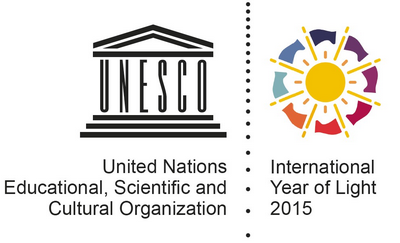What is Photonics
Photonics is the science and technology of generating, controlling, and detecting photons, which are particles of light. Photonics underpins technologies of daily life from smartphones to laptops to the Internet to medical instruments to lighting technology. The 21st century will depend as much on photonics as the 20th century depended on electronics. This page will contain links and resources to let you learn about photonics and understand its impact on the world.
Photonics is the science of light. It is the technology of generating, controlling, and detecting light waves and photons, which are particles of light. The characteristics of the waves and photons can be used to explore the universe, cure diseases, and even to solve crimes. Scientists have been studying light for hundreds of years. The colors of the rainbow are only a small part of the entire light wave range, called the electromagnetic spectrum. Photonics explores a wider variety of wavelengths, from gamma rays to radio, including X-rays, UV and infrared light.
It was only in the 17th century that Sir Isaac Newton showed that white light is made of different colors of light. At the beginning of the 20th century, Max Planck and later Albert Einstein proposed that light was a wave as well as a particle, which was a very controversial theory at the time. How can light be two completely different things at the same time? Experimentation later confirmed this duality in the nature of light. The word Photonics appeared around 1960, when the laser was invented by Theodore Maiman.
Even if we cannot see the entire electromagnetic spectrum, visible and invisible light waves are a part of our everyday life. Photonics is everywhere; in consumer electronics (barcode scanners, DVD players, remote TV control), telecommunications (internet), health (eye surgery, medical instruments), manufacturing industry (laser cutting and machining), defense and security (infrared camera, remote sensing), entertainment (holography, laser shows), etc.
All around the world, scientists, engineers and technicians perform cutting edge research surrounding the field of Photonics. The science of light is also actively taught in classrooms and museums where teachers and educators share their passion for this field to young people and the general public. Photonics opens a world of unknown and far-reaching possibilities limited only by lack of imagination.
RESOURCES
The Canon Science Lab
This site is full of answers to interesting question about light such as why the sky is blue and videos and explanations about photonics and its applications, from LEDs to camera lens.
View Site
LaserFest
The invention of the laser was a momentous discovery of the 20th century. Lasers are used for research as well as in everyday applications. Find out how they work!
Visit Site
Virtual Laser Exhibit
To learn more about the impact of the discovery of lasers, visit the virtual exhibit that was created to commemorate the 50th anniversary of the laser in 2010.
Visit Site
How It’s Made - Fiber Optics
Fiber optics is the main material of Internet Network. All around the planet, fiber optic cables help people to communicate and access tons of information. Learn more about fiber optics fabrication in this video.
Watch Video
Kids & Optics
Looking for optics and photonics activities to do at home? Visit this page to find ideas of simple experiments to perform with easy to find material as well as information to understand and explain the basis of light and photonics.
Visit Page

